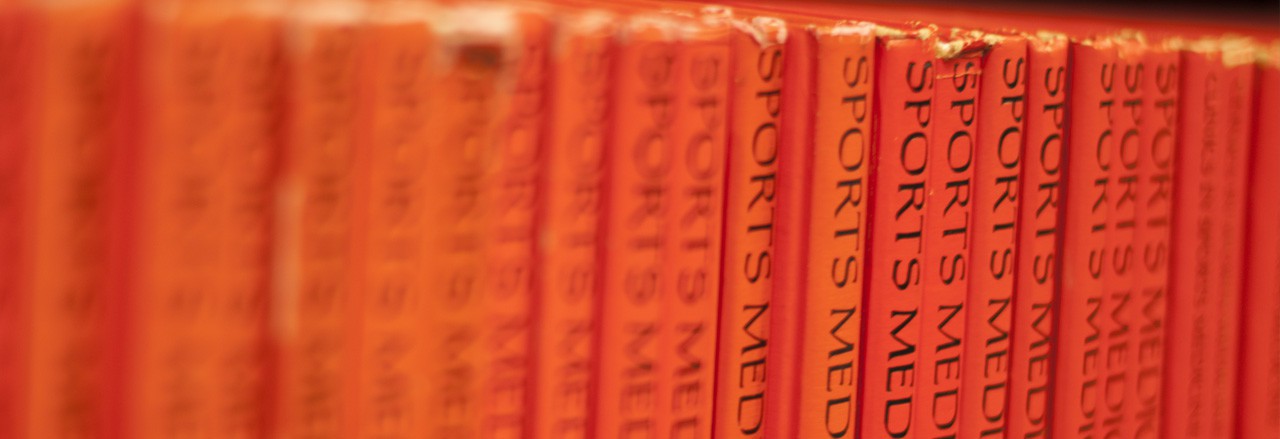There are several choices regarding the graft to be used during ACL reconstruction. The following is general information to help you become educated on the pros and cons of each graft choice. Dr. Taylor will discuss graft selection with you in more detail during your pre-surgical visit.
Graft Choices in ACL Surgery
There are two major types of graft tissues that can be used in ACL reconstruction surgery. “Autograft” is tissue from your body that is taken from one location and moved to reconstruct the ACL. “Allograft” is tissue and comes from a deceased donor. Dr. Taylor is very specific with the type and style of allografts he uses during ACL reconstruction. The decision between autograft and allograft is based on many factors such as your age and the sport and activity level you will be returning to.
AUTOGRAFTS
BONE-PATELLAR TENDON-BONE (BTB) AUTOGRAFTS
PROS:
- Strongest initial fixation due to the bone on each end of the graft
- Bone-to-bone healing
- Longest successful track record in the orthopaedic literature
- Most commonly used graft used by NFL team physicians
CONS:
- More initial post-operative pain than other graft choices because the middle third of the patellar tendon is taken along with a bone fragments from the bottom of the kneecap (distal pole of the patella) and the top of the shinbone (tibia tubercle)
- Patellar tendonitis and pain in the front (anterior) of the knee may occur in10-20%. This almost always goes away, but can take time.
- Anterior knee pain and discomfort with kneeling (particularly relevant for patients whose occupation requires frequent kneeling such as plumbers, firemen, etc.)
- Risk of patella fracture (very uncommon)
- Incision needed to harvest the graft is larger
HAMSTRING AUTOGRAFTS
PROS:
- Accessory hamstring tendons
- Generally have less immediate post-operative pain than BTB
- Often quicker return to Activities of Daily Living (ADLs)
- Smaller incision than that for BTB
CONS:
- Initial fixation not as strong, so caution is advised during early rehabilitation
- Mild hamstring weakness may occur (important consideration for sprinters)
- If the size of the hamstring tendons is inadequate, Dr. Taylor may need to harvest the hamstrings from the other leg or supplement with allograft (donor) tissue.
ALLOGRAFTS
PROS:
- No risk of complications from graft harvest because it is donor tissue
- Fastest return to Activities of Daily Living (ADLs)
- Least painful immediately post-operatively
- Smaller incisions because no autograft tissue is harvested
CONS:
- Potential risk of viral transmission (HIV, Hepatitis, Clostridia)
- Risk of HIV infection from donor graft tissue is 1 in 1.8 million
- Risk of Hepatitis C infection from donor graft tissue is 1 in 750,000
- Risk of graft rejection (very uncommon)
- High failure rates in young/active patients (25% if age <25 years)
Dr. Taylor will discuss with you in depth given your specific injury and the risks and benefits of each graft choice so that the best graft choice is selected for you based upon your concerns and goals.


